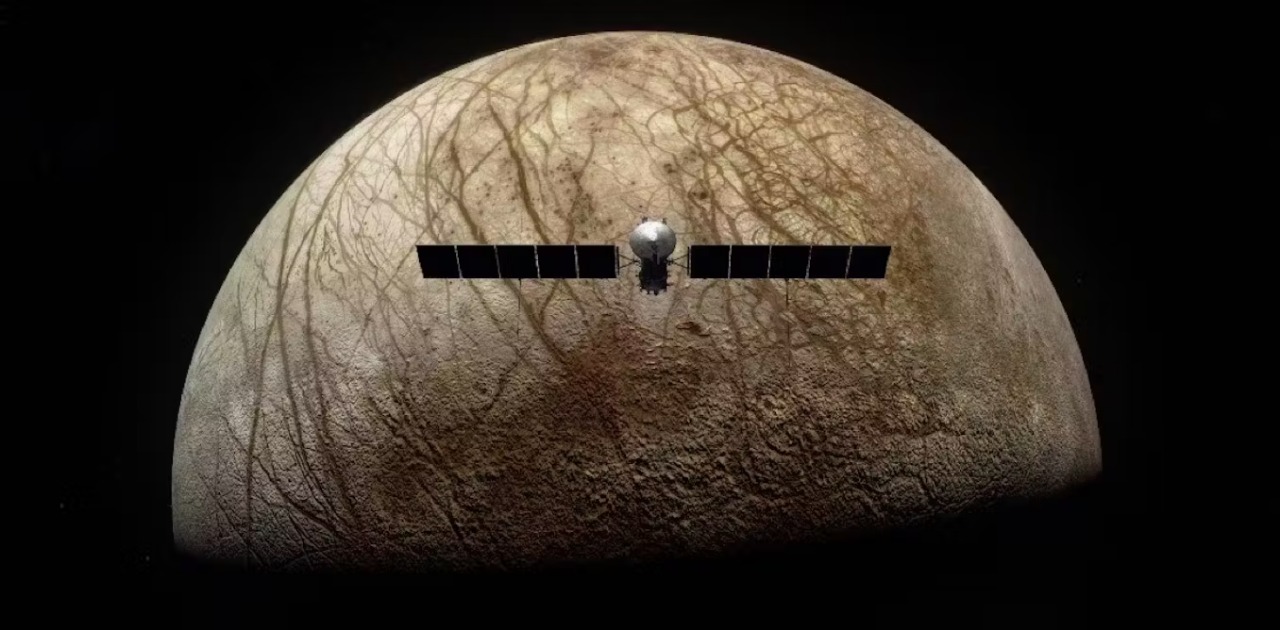In a development that’s stirring both excitement and speculation across the space science community, researchers have detected a series of intensifying radio emissions linked to Europa, one of Jupiter’s largest and most enigmatic moons. The signals, first picked up by Earth-based radio observatories and later corroborated by deep space monitoring networks, appear to be growing stronger and more frequent, prompting renewed interest in Europa’s subsurface activity and its potential for hosting life.
While scientists caution against jumping to conclusions, the timing of these emissions—coinciding with the early trajectory of NASA’s Europa Clipper mission—has added urgency to the investigation. The emissions are believed to be naturally occurring, but their unusual patterns and persistence have opened the door to deeper inquiry.
Key Highlights From The Detection Update
- Radio emissions linked to Europa have intensified over the past six weeks
- Signals detected across multiple frequencies, including low-band and microwave ranges
- Emissions show periodic bursts, some lasting up to 90 seconds
- NASA’s Deep Space Network and European Space Agency’s tracking stations have confirmed the anomaly
- Europa Clipper’s instruments are being recalibrated to prioritize electromagnetic mapping during future flybys
What Makes Europa So Intriguing
Europa is slightly smaller than Earth’s moon and is believed to harbor a vast subsurface ocean beneath its icy crust. Scientists estimate that this hidden ocean may contain more than twice the volume of all Earth’s oceans combined. The moon’s surface is marked by ridges, fractures, and chaotic terrain—features that suggest active geological processes and possible water-vapor plumes.
The presence of liquid water, combined with a stable energy source from tidal heating and a protective ice shell, makes Europa one of the most promising candidates for extraterrestrial life in our solar system.
Nature Of The Radio Signals
The detected emissions are non-continuous and exhibit a repeating pattern that aligns loosely with Europa’s orbital position relative to Jupiter. Researchers believe the signals may be caused by:
- Interactions between Europa’s ionosphere and Jupiter’s powerful magnetic field
- Subsurface ocean currents generating electromagnetic pulses
- Cryovolcanic activity releasing charged particles into space
- Ice shell fractures creating transient radio bursts
Importantly, the emissions do not resemble artificial signals or structured communication. Instead, they are consistent with natural plasma interactions and geophysical processes. However, their increasing strength and frequency have raised questions about whether Europa is undergoing a phase of heightened internal activity.
Europa Clipper’s Role In The Investigation
NASA’s Europa Clipper spacecraft, launched in October 2024, is currently en route to the Jovian system and is expected to reach Europa by April 2030. The mission will conduct 49 close flybys of the moon, using nine scientific instruments to study its surface, subsurface, and electromagnetic environment.
In light of the recent radio detections, mission planners are prioritizing:
- High-resolution mapping of Europa’s magnetic field
- Spectral analysis of charged particles near the moon
- Radar-based imaging of subsurface structures
- Real-time monitoring of radio emissions during flybys
The spacecraft’s radio science experiment, which uses its telecommunications system to measure gravitational and electromagnetic anomalies, will play a key role in decoding the nature of these signals.
Looking Ahead
While the current consensus leans toward natural origins, the intensifying radio emissions from Europa have reignited public and scientific interest in the moon’s mysteries. As the Europa Clipper mission progresses, researchers hope to determine whether these signals are linked to subsurface ocean dynamics, ice shell movements, or other geophysical phenomena.
The possibility of life remains speculative, but the data being gathered could reshape our understanding of Europa’s internal structure and its potential habitability.
Sources: NASA Science Mission Directorate, IEEE Spectrum, Springer Space Science Reviews.

